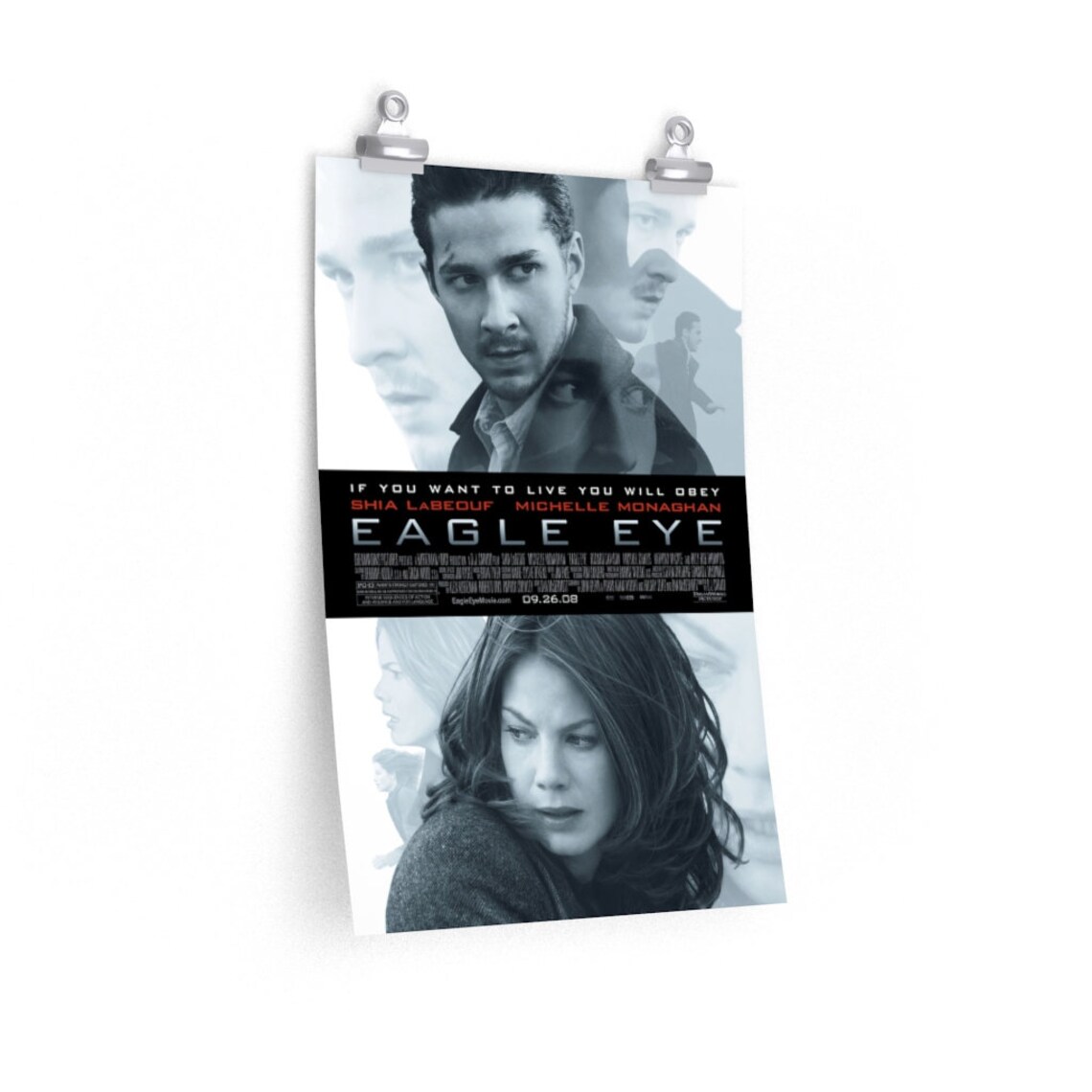


DeepFoveaNet was evaluated in the CDnet14 database achieving high performance and was ranked as one of the ten best algorithms. Besides, its architecture allows it to learn spatiotemporal information of the video. Unlike algorithms to detect moving objects, ranked in the first places of the Change Detection database (CDnet14), DeepFoveaNet does not depend on previously trained neural networks, neither on a huge number of training images for its training. This model combines the capacity of magnification of the deep fovea and the context information of the peripheral vision. DeepFoveaNet emulates the monocular vision of birds of prey through two Encoder-Decoder convolutional neural network modules. DeepFoveaNet is a convolutional neural network model to detect moving objects in video sequences. Inspired by the biological functioning of the deep fovea a model called DeepFoveaNet is proposed in this paper.
#Move eagle eye full#
Through the collaboration, Eagle Eye can process up to 3,000 API requests per second and take full advantage of the increased scalability and reliability of Google Cloud. The deep fovea allows these birds to see objects at long distances and to identify them as possible prey. Eagle Eye’s AIR platform supported 403.7 million redemptions and interactions globally during the period for brands including Tesco, Heineken, Pizza Express, Greggs, M&S and Loblaw. Among the peculiar characteristics of their biological vision are that they have two types of foveae one shallow fovea used in their binocular vision, and a deep fovea for monocular vision. Birds of prey especially eagles and hawks have a visual acuity two to five times better than humans.


 0 kommentar(er)
0 kommentar(er)
